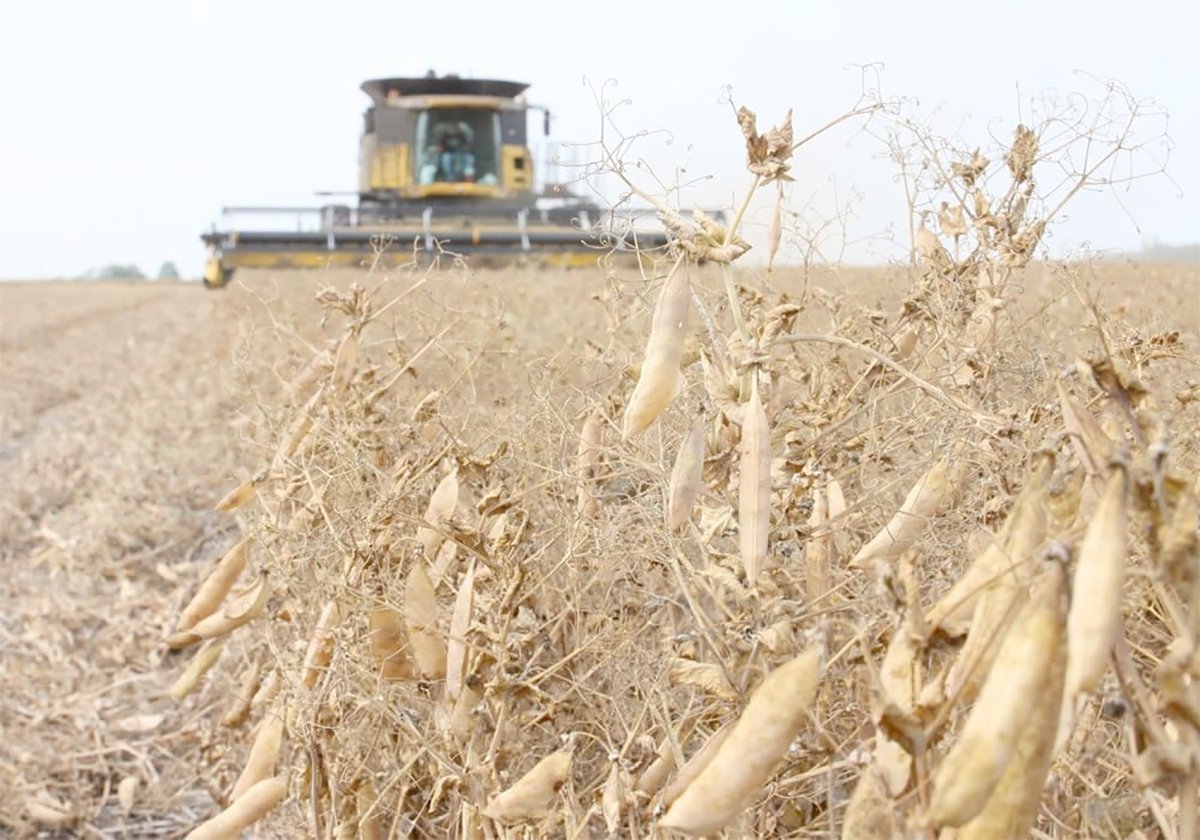It all started with the Chinese tariffs on peas that were announced this past March.
The tariff rate was placed at 100 per cent, which quickly stopped Chinese purchases of peas.
According to Canadian Grain Commission data, Chinese imports were 513,500 tonnes last year, which made the country the second largest importer.
Read Also

New wheat varieties offer Prairie farmers jump in yield
Three experimental wheat varieties developed by Agriculture Canada are showing yield increases of eight to 15 per cent over AAC Brandon wheat in registration trials.
India was the largest importer of Canadian peas last year at 880,200 tonnes, but that won’t be the case this year now that India has announced a tariff on yellow peas that began Nov 1.
The tariff of 30 per cent will essentially price Canadian peas out of the Indian domestic market.
This comes as no surprise because the Indian government has normally protected its pulse farmers with tariffs on peas, lentils and chickpeas.
This is bad news for nearby cash pea prices, which have dropped by $15 to $20 per tonne since the announcement.
The disruption of pea exports from Canada’s largest customers will likely result in slow pea exports for the remainder of the crop year.
The Australian pulse crop harvest is going to start over the next month and will provide additional competition for Canadian pulse exports.
Pea exports during week 12 of the crop year were modest at 55,500 tonnes. They brought total crop year exports to 817,400 tonnes, which is slightly below the five-year average of 836,000 tonnes.
The bulk of the exports in week 12 were from Vancouver terminals, with primary elevators shipping 9,400 tonnes to the United States and/or Mexico.
The largest concern is that primary elevator stocks are 255,600 tonnes as of Oct. 26. They will take a long time to export with the two largest bulk exports markets out of play.
The positive news is that exports to Bangladesh remain open, although a portion of those imports have been exported to India.
The positive news for peas is that soybean meal futures are setting new contract highs. The December contract for soybean meal is currently trading slightly less than US$320 per hundredweight.
This makes peas a viable alternative for the North American vegetable protein market. Unfortunately, the increase in demand will only slowly eat away at the current supply of peas in Western Canada.
Until tariffs are reduced by China and/or India, the cash pea market in Western Canada will remain under pressure.















